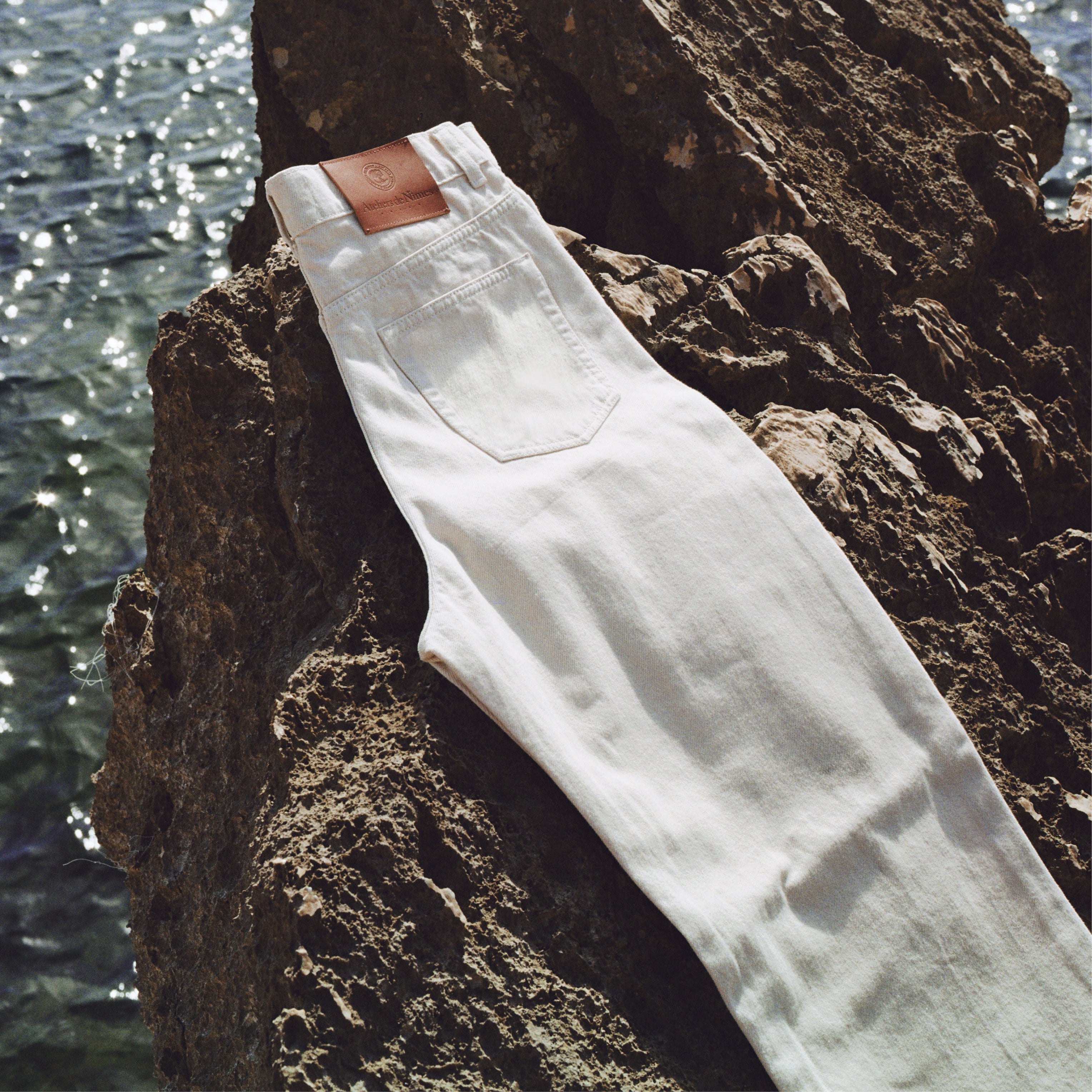
Linen or hemp, is it really more ecological than cotton?
Linen and hemp are often featured prominently in the marketing of many clothing brands. This emphasis raises questions about their ability to combat pollution and global warming , as many claim .
At Ateliers de Nîmes, we are not exclusive supporters of cotton or other natural fibers. All fibers are equal, provided that they respect the environment and the human beings involved in their cultivation or processing.
It is often seen as an argument: flax and hemp do not use pesticides. This is something false. The use of pesticides is widespread in the cultivation of these plants. Inputs as well as treatments will also increase in the coming years because the demand for flax increases.*1
During our research, we compared the fibers and looked at their respective advantages and disadvantages. We found that cotton, while requiring more water to grow, requires much less water to transform into fabric than hemp or linen. This is because cotton is a fiber that requires fewer steps to transform into yarn and fabric. This is why it quickly became widespread in textile production during the 20th century, to the detriment of linen and hemp, which were previously used.
Another thing to know is that linen and hemp fibers are less flexible and softer than cotton. To make them more flexible and softer, they must undergo processes that require significant water consumption for washing, significant CO2 emissions to heat the water and dry the fibers once washed, and the use of acids to soften the fibers.
Ultimately, it's up to you to choose what's right for you, knowing that there's no such thing as a perfect fiber.
Sources:
*1 Statistics on the use of pesticides in France https://fr.statista.com/statistiques/496289/ifp-moyen-total-culture-france/
https://www.comptoirtextile.fr/content/39-faq-coton-preparation-fibres-traitement-ennoblissement-
https://mtaterre.fr/dossiers/parcours-de-la-vie-dun-t-shirt-en-cotton-bio-et-equitable/de-la-fibre-de-cotton-au-tissu
https://textileaddict.me/les-pretraitements-des-fibres-fils-et-tissus/ https://textileaddict.me/fibre-textile-le-coton/ https://textileaddict.me/quest-ce-que-lennoblissement/ https://textileaddict.me/finitions-les-apprets-mecaniques-et-églises/ https://textileaddict.me/les-apprets-églises/




